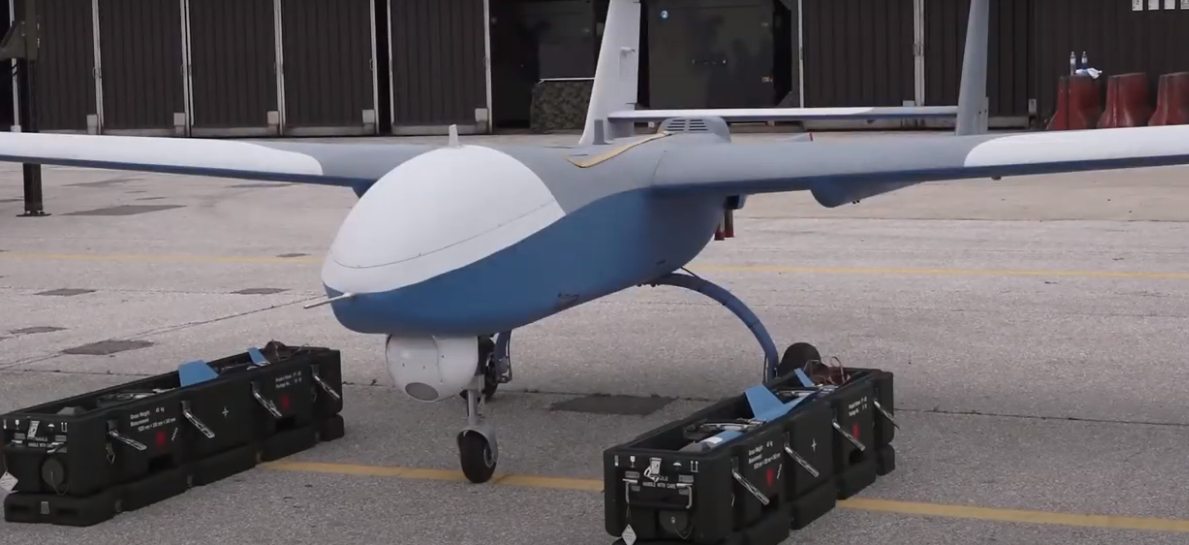
LONDON—The Serbian government has lifted the lid on its new armed unmanned air systems sourced from China, the first nation in the Balkans to acquire such a capability.
The Serbian military showed off three China Aerospace Science and Technology Corporation (CASC) CH-92As during a presentation for Serbian President Aleksandar Vucic on July 4.
Few details are known about the CH-92A. The distinctive fixed-wing unmanned air system uses a twin-boom pusher propeller configuration, analogous to the Turkish Bayraktar TB2 tactical unmanned air system.
Previous references to the CH-92, including on CASC’s own website, refers to a platform with a V-tail configuration.
The UAVs can be armed with a pair of laser-guided FT-8 missiles, which according to the Serbian ministry of defense have a range of 9 km. The range of the UAVs is up to 250 km, operating at altitudes of 16,000 ft. (5,000 m).
In all, six UAVs and 18 missiles have been delivered as part of a technology transfer deal with Beijing, paving the way for an indigenous platform, Pegaz (Pegasus), to be introduced into service. It will also be armed with Chinese weapons.
“We are learning, and we are taking over engineering technology which we have not fully finalized,” Vucic said in statements released by the Serbian defense ministry.
He said the missiles purchased had been proven during the conflict in Yemen, and while “not expensive” they were the “most powerful and deliver the hardest blow to your potential enemy.”
Serbia plans to use the UAVs for intelligence, surveillance and reconnaissance duties, as well as strike and artillery fire correction.
“This is becoming a modern way of warfare,” added Vucic. “In that respect we were unable, and we had no chance whatsoever to compete with more serious countries ... now we are starting,” Vucic said.
Media reports had previously suggested that Serbia might receive Wing Loong-model platforms produced by the Chengdu Aircraft Industry Group.
The deal is part of a tightening strategic partnership between Serbia and China that sees Belgrade also supporting Beijing’s controversial Belt and Road initiative.
Beijing has had limited success selling arms to Europe, although in the past it was the exclusive supplier of arms to socialist Albania during the Cold War.
China has had significant success more recently in selling its UAVs in Central Asia, as well as most notably Saudi Arabia and Egypt, in part because of U.S. reluctance to sell American-made systems to those countries.
Serbia’s rearming, most notably by Russia with deliveries of MiG-29s fighters and attack helicopters, could drive an arms race in the Balkans. Nearby Croatia, a member of NATO, has bolstered its armed forces by purchasing surplus U.S. Army Kiowa Warrior scout helicopters equipped with anti-tank missiles and is looking to buy a new fighter jet.





